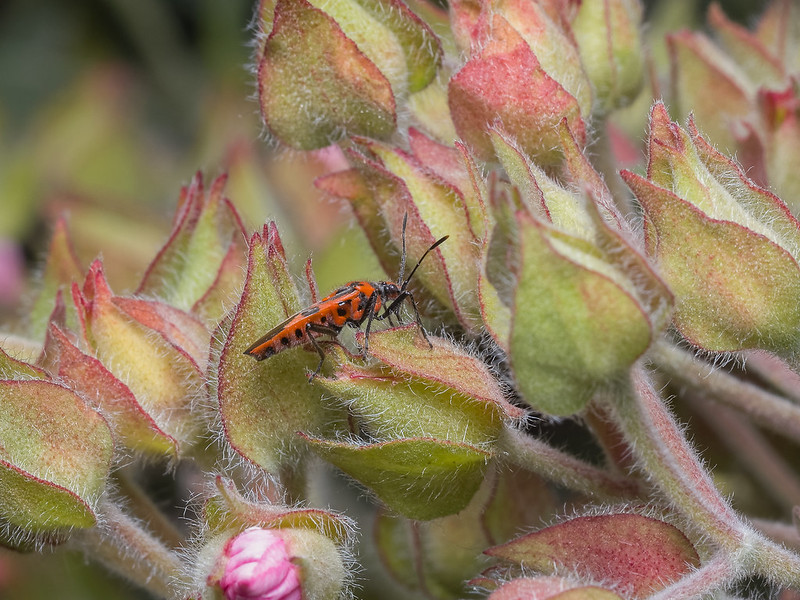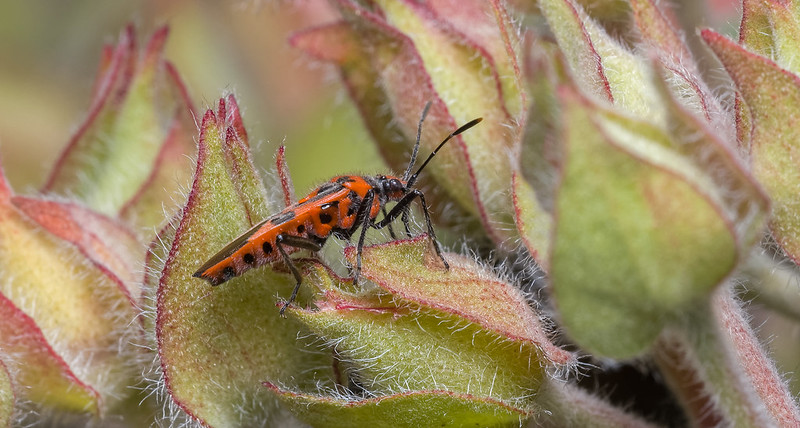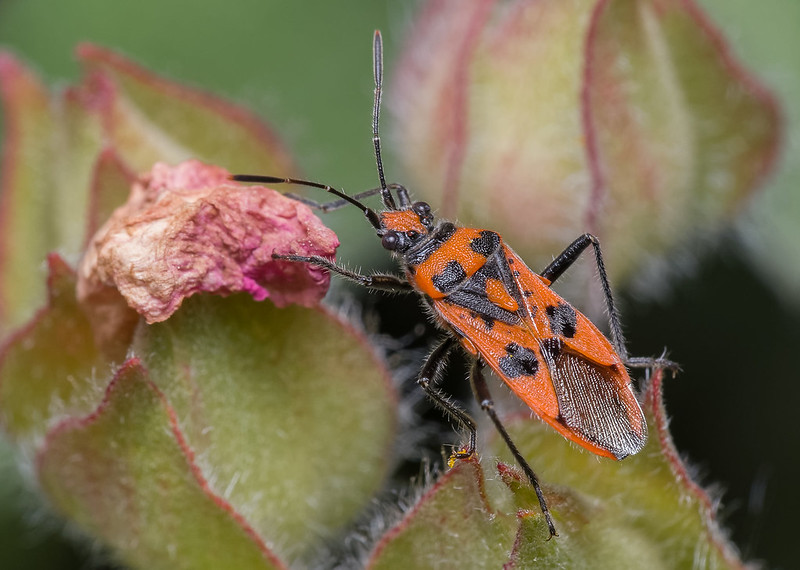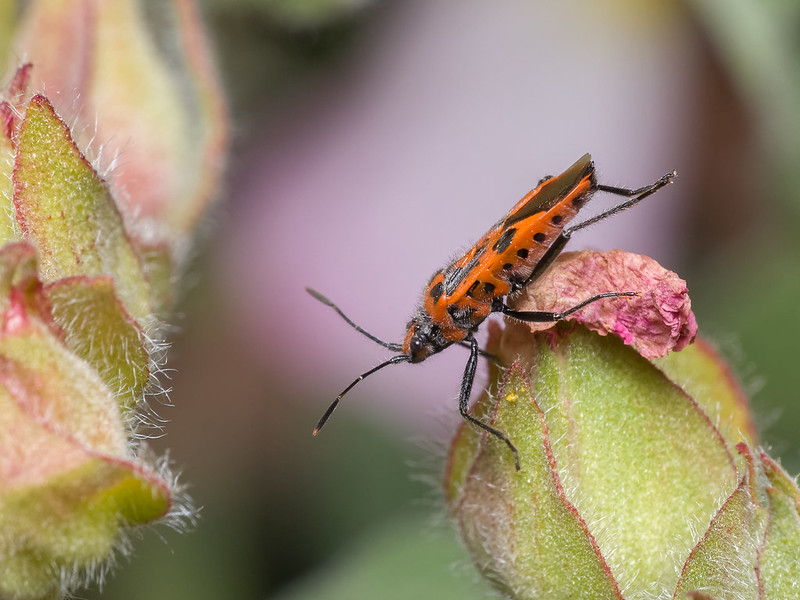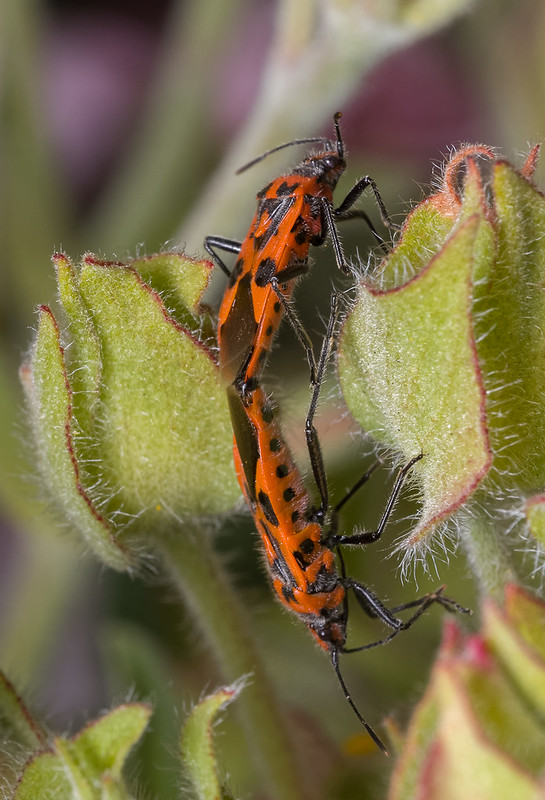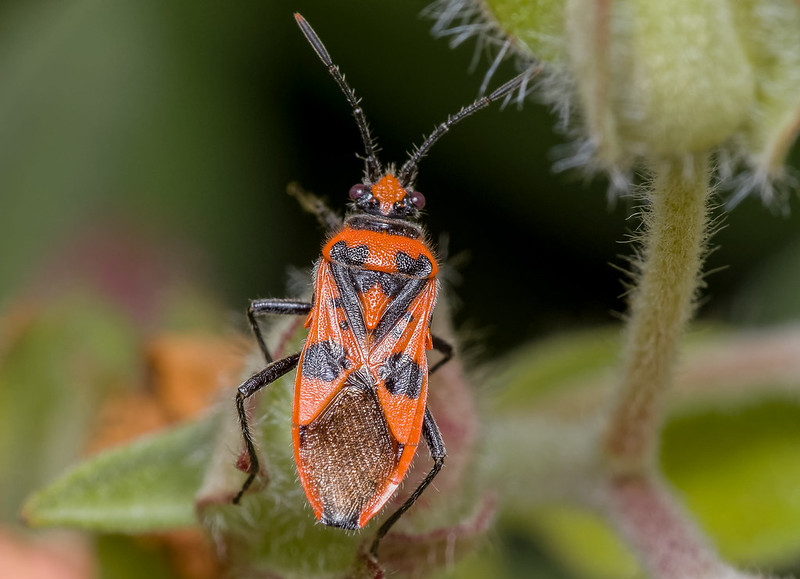Thanks Bryn. That raises several interesting issues. First off, here are some alternative crops. (Feel free to add your own of course if I have missed the point with all of these.

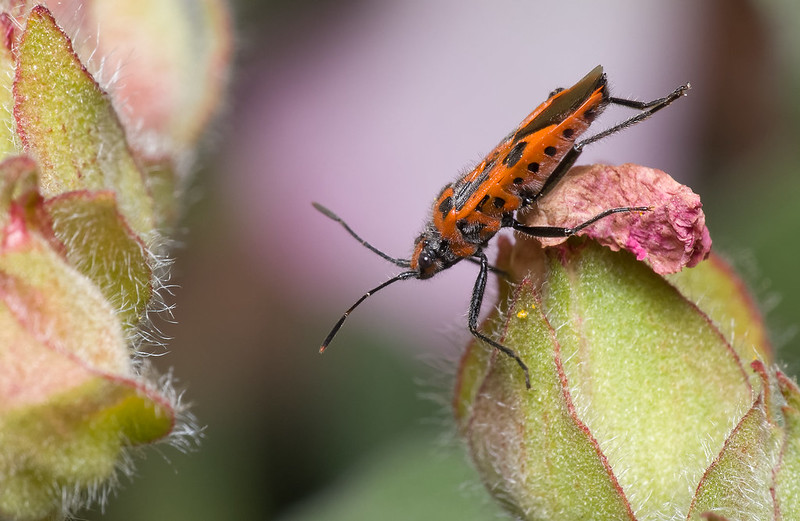
0730 32a 2015_05_30 P1800110_DxO DXO LR 1300h by
gardenersassistant, on Flickr

0730 32b 2015_05_30 P1800110_DxO DXO LR 1300h by
gardenersassistant, on Flickr

0730 32c 2015_05_30 P1800110_DxO DXO LR 1300h by
gardenersassistant, on Flickr
The thing is that they are all constrained by the bottom edge. There is nothing more available at the bottom. By the usual criteria for subject positioning (which I subscribe to by and large) that means I composed it wrongly at capture time.
This framing may have been influenced by the fact I was working hand-held and it was breezy, both of which bring a random element into the composition - especially the breeze. Of the images captured from this angle three were usable (31, 32 and 33 in the album), and all had a similar bottom edge. I cropped 31 first, and was I think much influenced by the lilac background behind the insect (which I was working with at capture time btw because I thought it looked nice). I didn't really want to cut straight across the top of the lilac area, but rather wanted to leave it more or less complete.

0730 31 2015_05_30 P1800104_DxO DXO LR 1300h by
gardenersassistant, on Flickr
Coupled with the lack of distance beneath the subject, this kept the subject a long way below the "preferred" position. Then when I came to do 32 and 33 I kept the subject in a similar position to avoid jarring when moving from one image to the next. And this pushed the subject even further down in 32 and 33. But in terms of the album as a whole all three seemed ok to me. To be honest, I don't think I even registered the preferred position issue at the time, only now that you have raised it. As mentioned before, pulling an image out of a series can make it less satisfactory when viewed by itself, out of the context of the series, and I think there is an element of that here.
One of the big differences I'm finding working hand-held at the moment is the loss of fine control over composition because of hand shake, increasingly so as magnification increases. However, I can react far quicker to opportunities as they arise, and which of course may be fleeting and missed when using the tripod. I can also get to more awkwardly positioned opportunities when working hand-held.
The Raynox 150 on the FZ200 gets me down to about 1.5:1 in APS-C terms and I find I can work hand-held fairly comfortably at that magnification even when the subject positioning is awkward and I can't brace myself (including, at a push, stretched out arm, camera at an odd angle, one-handed). The composition does get increasingly randomised though as the magnification gets towards 1.5:1 and/or the positioning gets more awkward.
The Raynox 250 on the FZ200 gets me down to about 2.4:1 and unless I can brace myself I'm finding that borderline hand-held, both in terms of composition and focus positioning (I'm using autofocus), with a quite large random element and increased failure rate. The 250 is also much less tolerant about working distance, and that adds to the difficulty/randomness/failure rate. Actually, I'm finding I'm using the Raynox 150 most of the time for invertebrates these days, and for the rest using the 500D much more than the 250, which I haven't been using much recently. That may change when the breeze/wind calms down, but I may start using the tripod again or some other support when I go beyond Raynox 150 magnifications. (Yesterday, even though it was breezy and the subject was slightly awkwardly placed, I tried one small subject with the 150 and 250 stacked, which maxes out at around 4.5:1. This was hand-held and as far as I recall without being able to brace myself much or at all, so I'm expecting a 100% failure rate on that one.)
